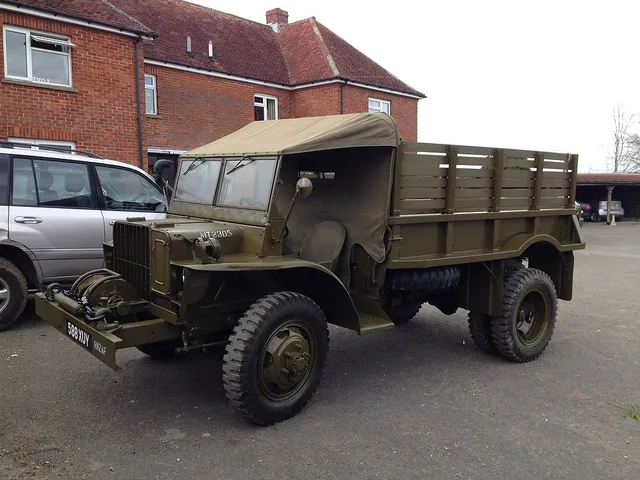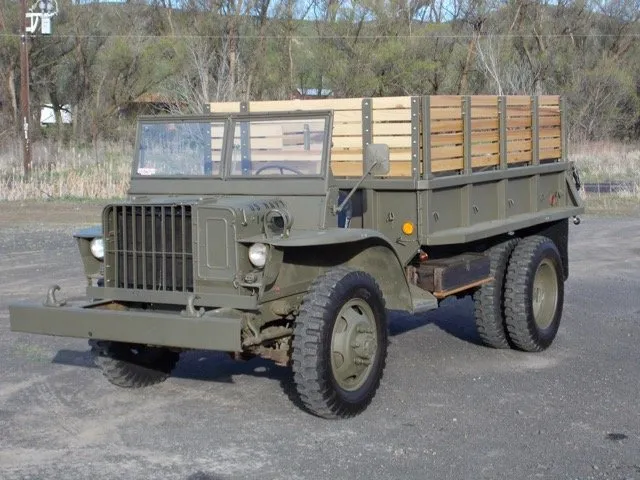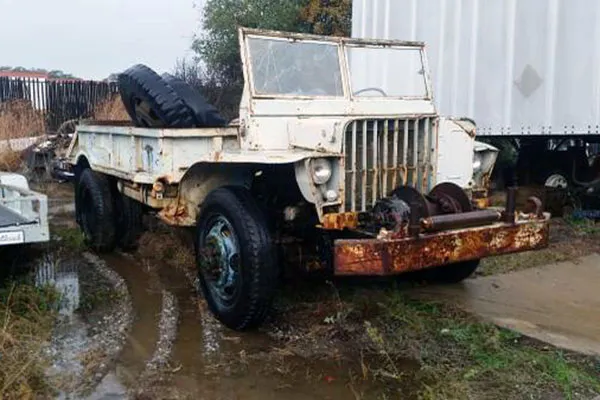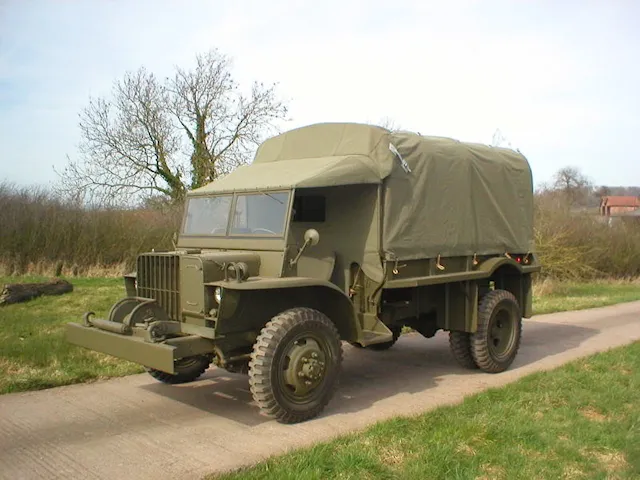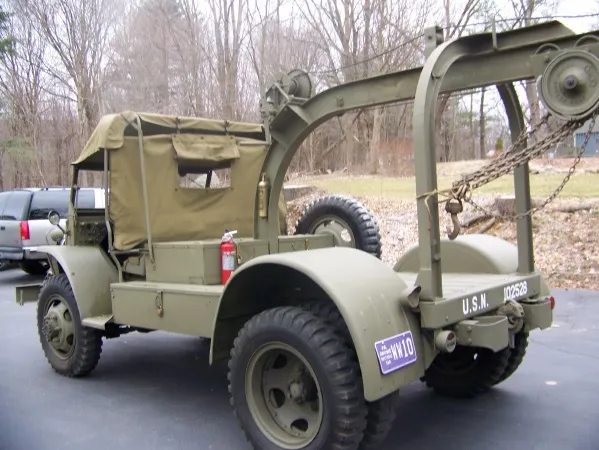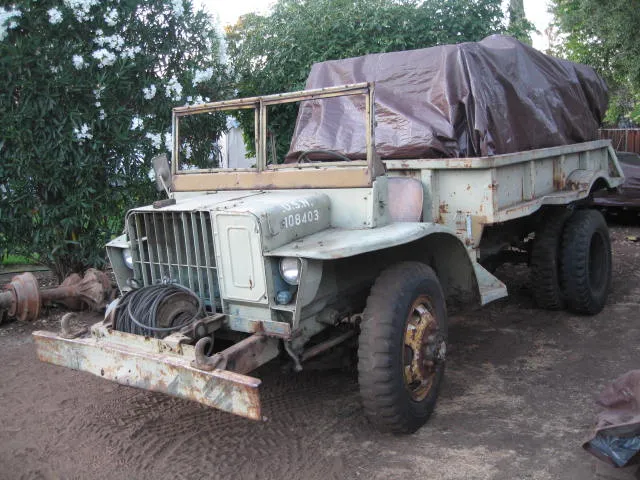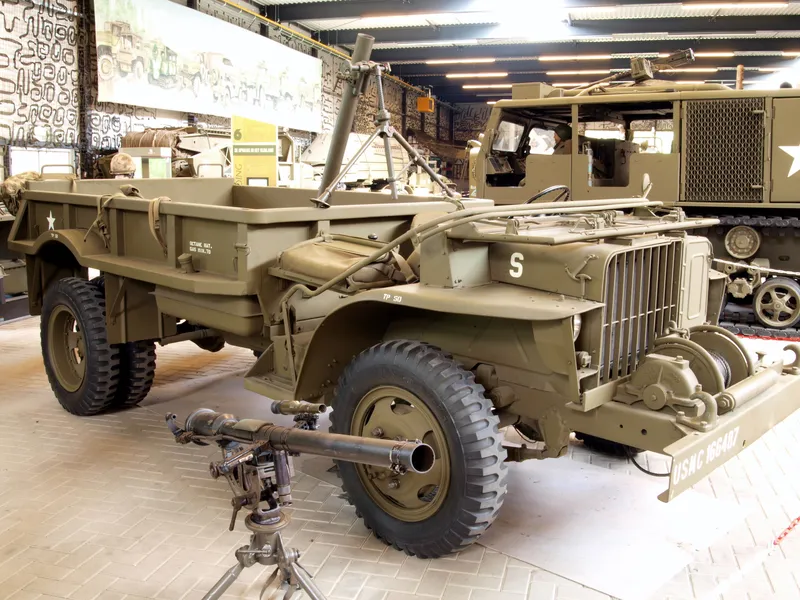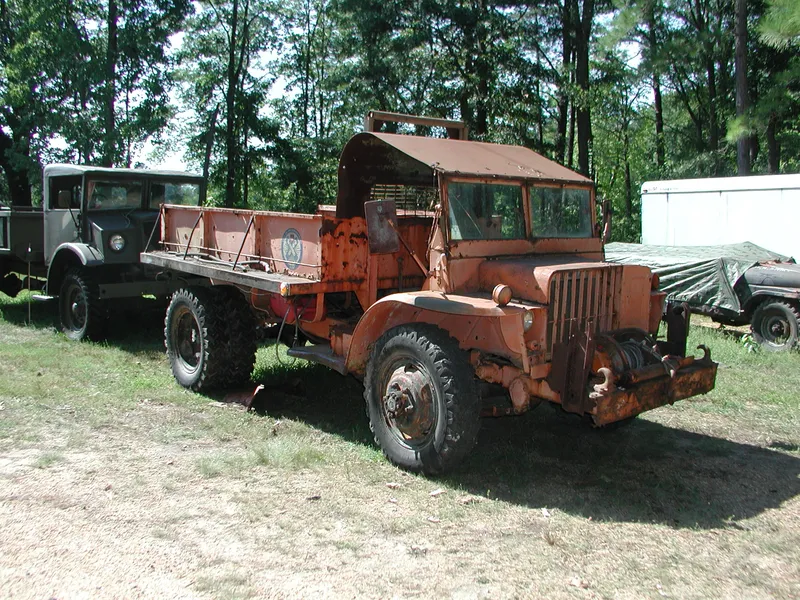
The Ford GTB, often referred to as the “Burma Jeep,” was a series of military trucks produced by Ford during World War II. These trucks played a crucial role in various theaters of the war, particularly in the Pacific, where they were used extensively by the U.S. military.
The Ford GTB trucks were known for their versatility and reliability in challenging combat conditions. They were primarily used for logistical purposes, transporting troops, supplies, and equipment across rugged terrains.
These trucks were available in different configurations, including cargo trucks, personnel carriers, and vehicles equipped with winches for towing or recovery operations. Their design emphasized durability, featuring robust chassis and suspension systems capable of withstanding rough terrain and adverse conditions.
The GTB trucks were powered by inline six-cylinder gasoline engines, providing sufficient power for their intended military applications. Their straightforward mechanical design and ease of maintenance made them suitable for field servicing and repairs.
The Ford GTB trucks were recognized for their role in supporting military operations, contributing to the mobility and logistical capabilities of the armed forces during World War II.
After the war, many of these trucks were retired from military service, but some found secondary civilian applications or were preserved as historical vehicles, showcasing their significance in military history.
The Ford GTB trucks remain an essential part of World War II history, representing Ford’s contribution to the war effort and highlighting the crucial role of logistical support in military operations.
